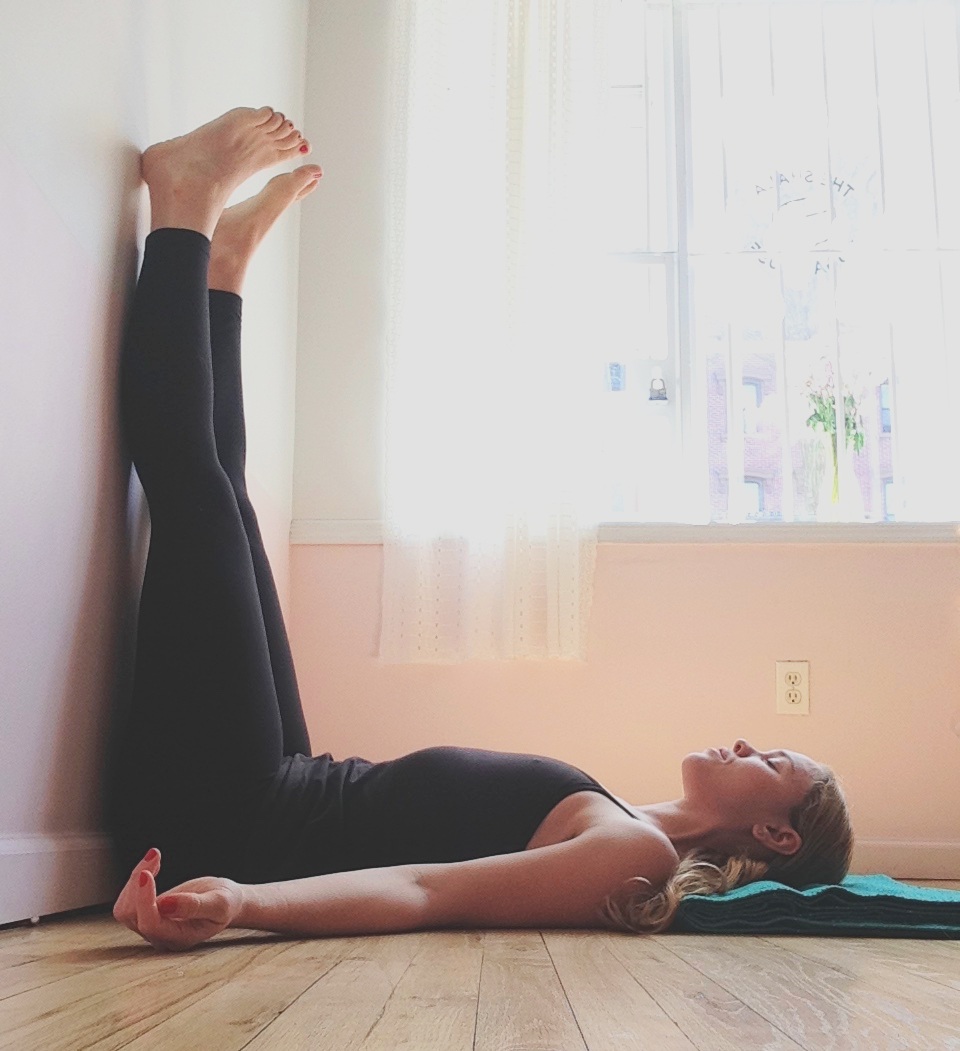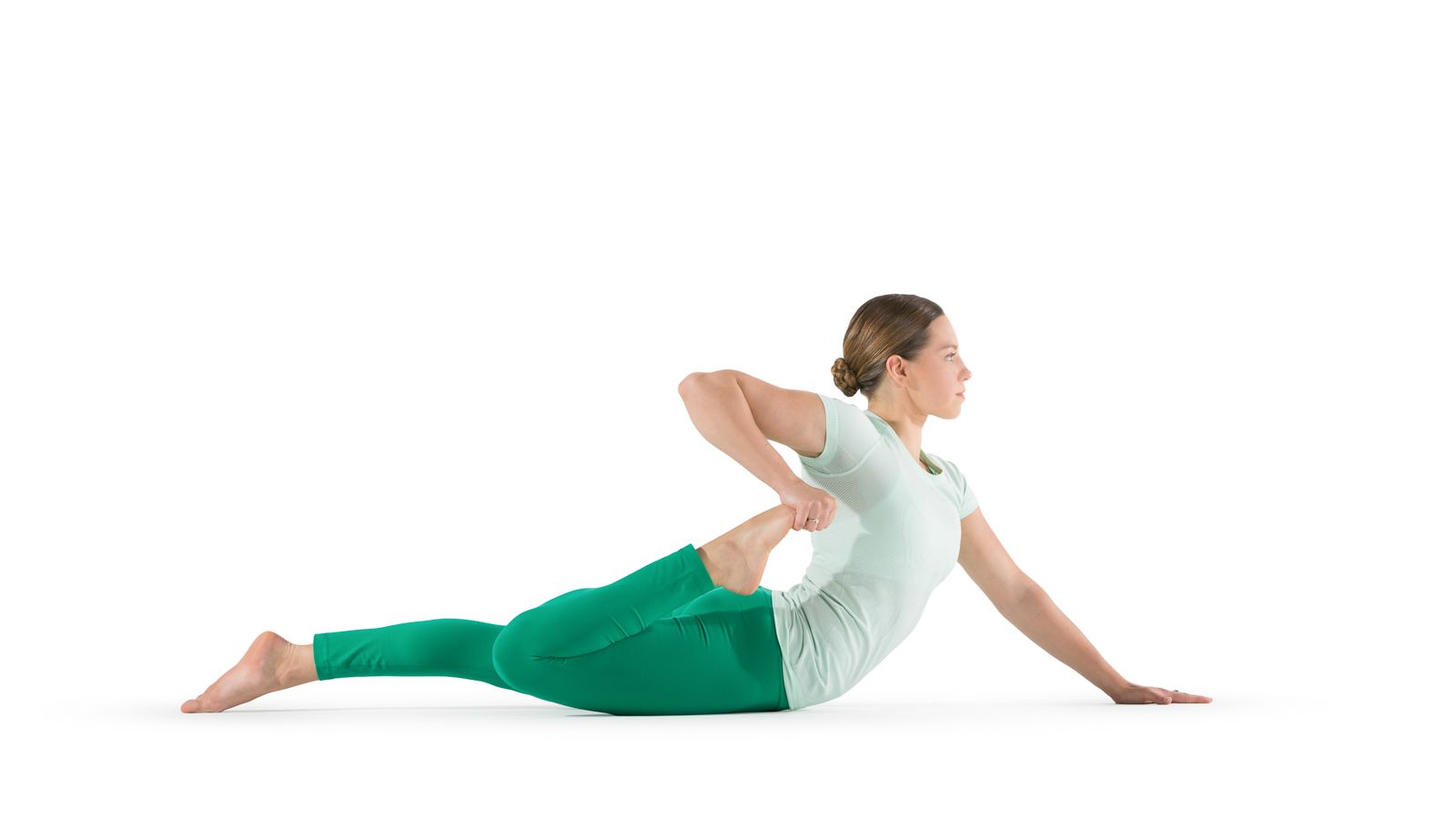Yes, it is true, here are some of the interesting facts shared by Mudit Dandwate, Co-Founder, Dozee, how you can get back your sleep.
Yoga has been said to relax all three aspects: physical, mental, and emotional. It is important for these to be in coordination to make the functioning of the body easier. And while yoga is known for improving core strength, flexibility, and stress levels; it can also help you sleep better especially if you suffer from insomnia. When people who have insomnia perform yoga daily, they sleep for longer, fall asleep faster, and return to sleep more quickly if they wake up in the middle of the night.
Yoga helps your mind and body relax, pushing it into deeper states of concentration. One of the major aspects of yoga is breathing techniques. These breathing techniques help you focus your attention on your breaths and dwindle your mind away from any stress inducing thoughts and be present in the moment. It is a gentle and restorative way to window down from a stressful day. A good night’s sleep affects how you relate to the world, thus decreasing depression, anxiety, heart rate, and blood pressure to name just a few benefits. Proper sleep increases stress resilience, optimism, memory, metabolism, and even our ability to problem solve.
Researchers at Harvard Medical School investigated how a daily yoga practice might affect sleep for people with insomnia and found broad improvements to measurements of sleep quality and quantity. A study has also improved the improvement in life expectancy of people due to yoga and its benefits.
While most people lay in bed, they are more likely to think about unnecessary or stressful things which delay their process of falling asleep and increases blood pressure. Yoga helps your body relax, reduces blood pressure, relieves anxiety, decreases sleep disturbances, and reduces cortisol levels which is a stress inducing agent. Practicing certain yoga exercises before you sleep can aid in combating insomnia and act as a driving force towards a healthy sleeping schedule. Below are a few exercises which can help:
Legs Up the Wall: Sit sideways against a wall with your legs straight out in front of you. Gently lower your upper body to lie on the floor on your back facing the wall. At the same time, swing your legs straight up the wall. Your hamstrings and calves should be flat against the wall. Keep your feet relaxed (not flexed) and your arms comfortably resting at your sides, palms up. You might need something to support your lower back while doing this.

Supported Half Frog Pose: Lie on your belly, with pillows under the belly optional. Extend one leg out to the side and bend it at a 90-degree angle with your knee level with your hip. Invite the opposite leg to straighten and extend behind you. Invite your head to turn and rest in the direction of your bent leg. Relax your belly, eyes, and jaw. Focus your attention on the nostrils and enjoy the sensation of breath flowing in and out.

Insomnia has been found linked to both anxiety and depression. And yoga has been proved to be a driving force towards combating insomnia and thus getting rid of anxiety, stress, and depression.
Picture Credits: Photo by Andrea Piacquadio from Pexels












